You may have seen my article about repairing a gorgeous Yamaha MX-1 power amplifier. This time I’m servicing a matching Yamaha CX-1 preamplifier.
Yamaha made some really superb hi-fi gear back in the day, as I’m sure many of you know. There were the B series VFET amps like the B-1 and B-2, the legendary NS-1000 monitor loudspeakers, the perhaps even more (studio) famous NS-10 monitors, awesome MX-10000, CX-10000, and many more.
Later came the MX-1 power amp, and Yamaha CX-1 preamp featured here, arguably the last really good two-channel gear they produced, until recently. For more on the Yamaha MX-1, check out my repair article and the video I made, on my YouTube channel.
Features
As you’ll see, the Yamaha CX-1 is a proper stereo preamp, with mostly discrete circuitry, on nicely laid out boards with high-quality components. The controls are aluminium, and also nicely laid out, with volume and input selectors accessible on the front panel, and less frequently used controls hidden behind an aluminium flap.
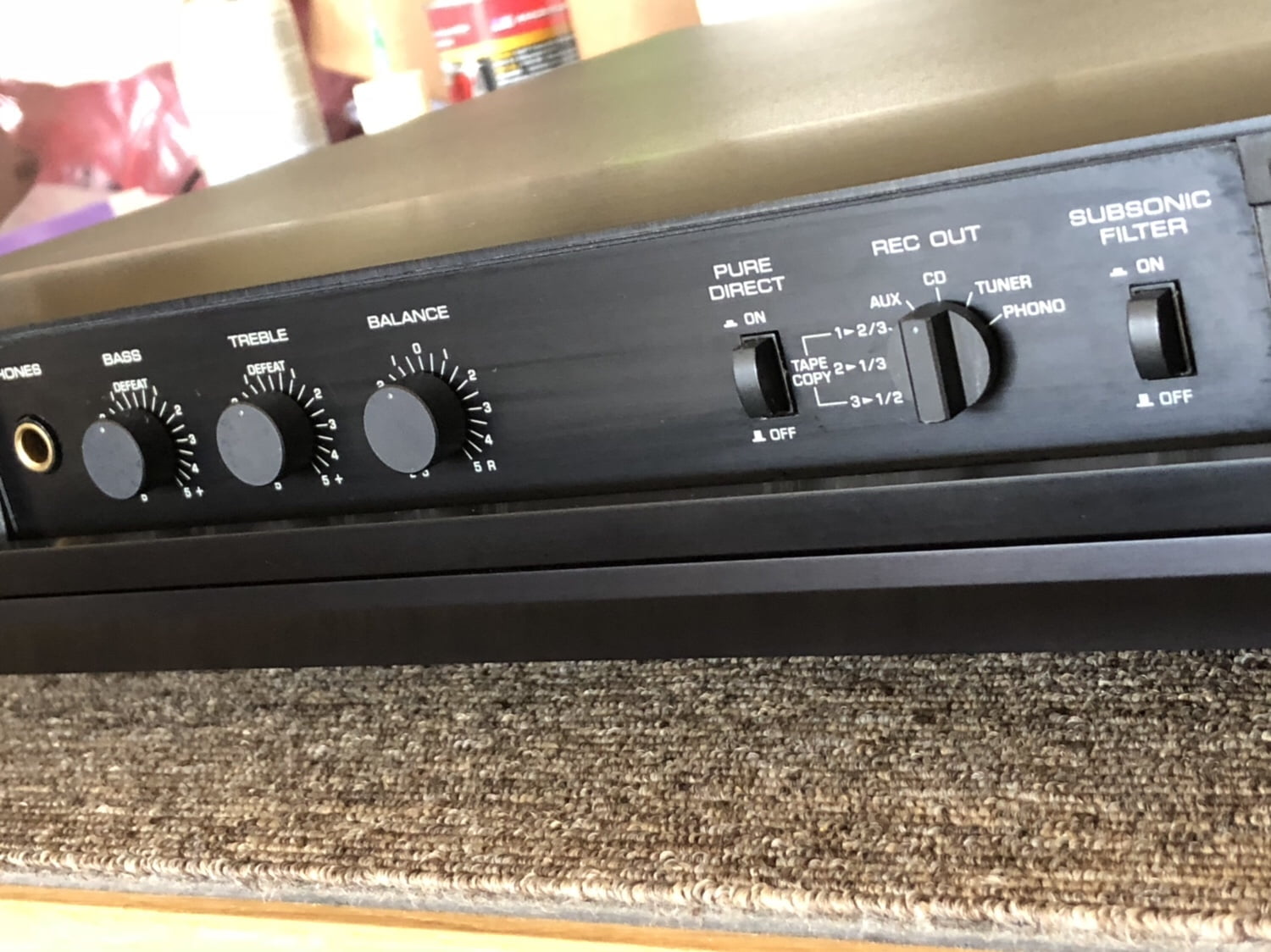
A preamp like this Yamaha CX-1 is a far cry from almost anything you can buy today, for anywhere near sensible money. It was just a different era back then, people expected equipment like this. These days nobody has ever even seen anything like this. You should hear the comments when younger customers see something like this in the workshop!
Seriously, just take a look at the build quality in the images below, you’ll most likely be very surprised. The CX-1 has a full set of features too. I don’t mean useless home cinema features, I mean analogue tone controls, tape recording controls, a good headphone amplifier and a great phono preamp. Ah, those were the days..!
Yamaha CX-1 Specifications
Courtesy of HiFi Engine:
Frequency response: 20Hz to 20kHz
Total harmonic distortion: 0.002%
Input sensitivity: 0.1mV (MC), 2.5mV (MM), 150mV (line)
Signal-to-noise ratio: 90dB (MC), 95dB (MM), 107dB (line)
Channel separation: 70dB (MM), 65dB (line)
Output: 150mV (line), 1.5V (Pre out), 8V (Pre out Max)
Dimensions: 438 x 86 x 405mm
Weight: 8.8kg
Accessories: remote control transmitter, remote control cable
Year: 1992
Design & Build
Let’s take a look at some of the design features I like about the CX-1.
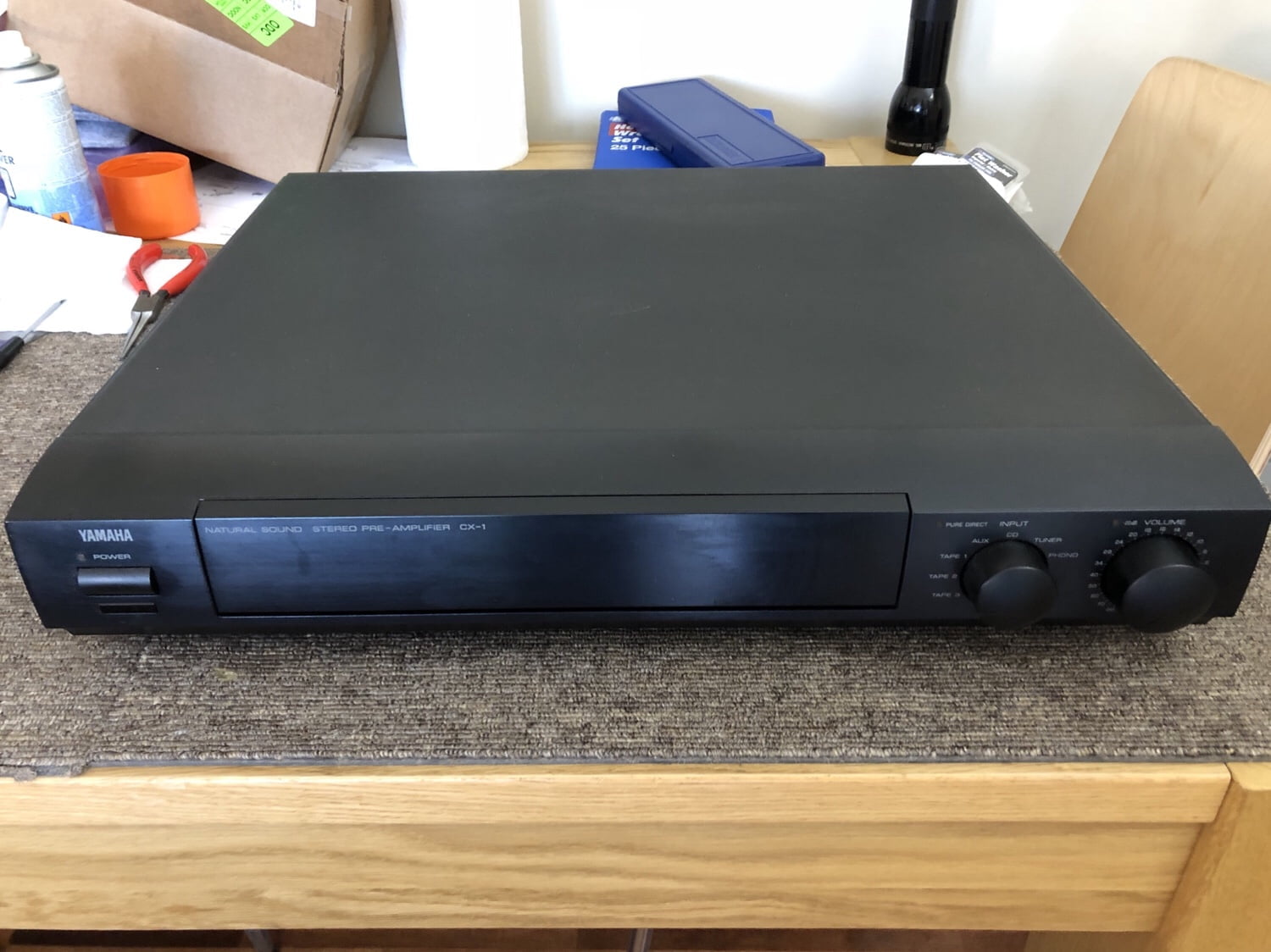
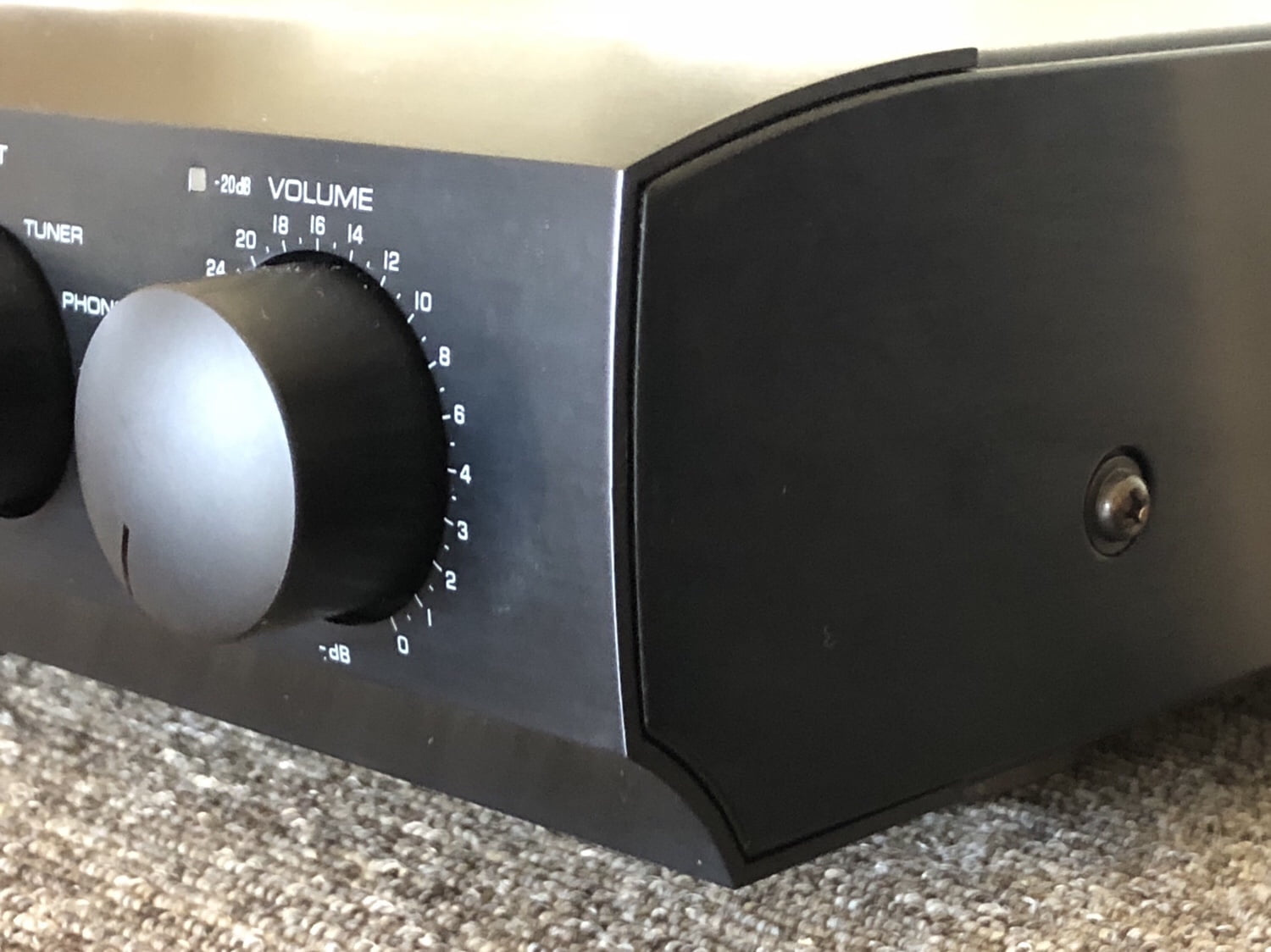
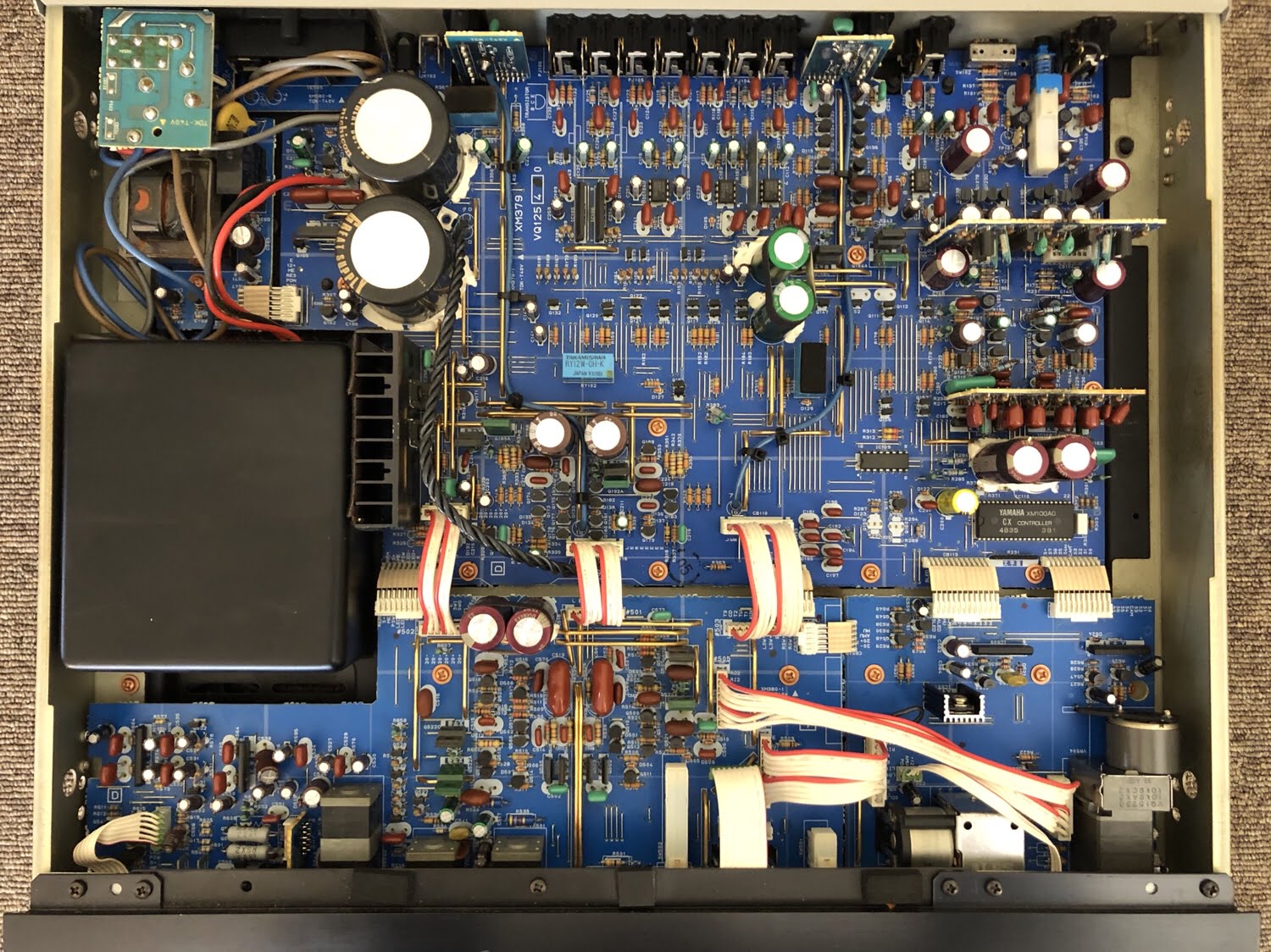
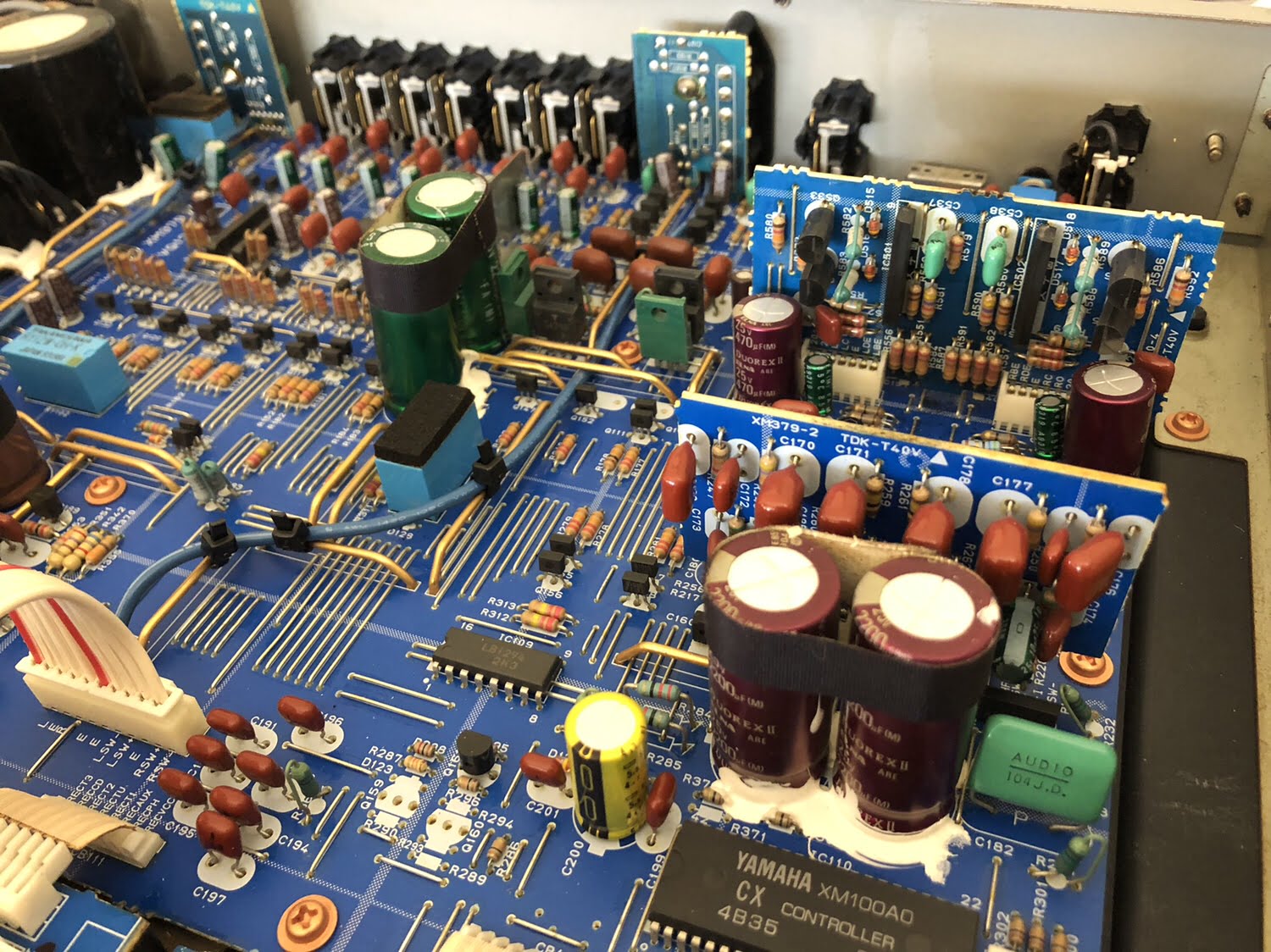
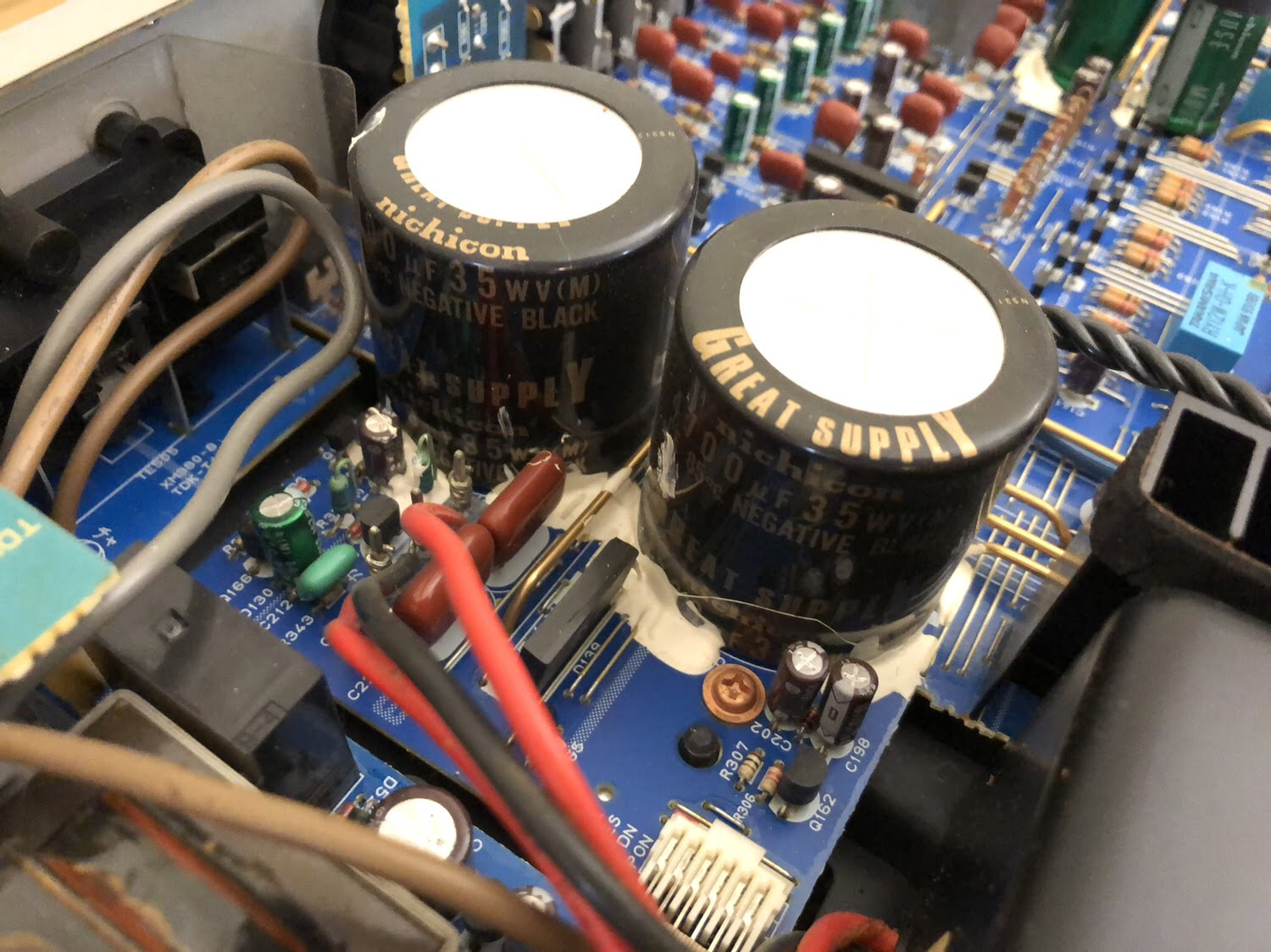


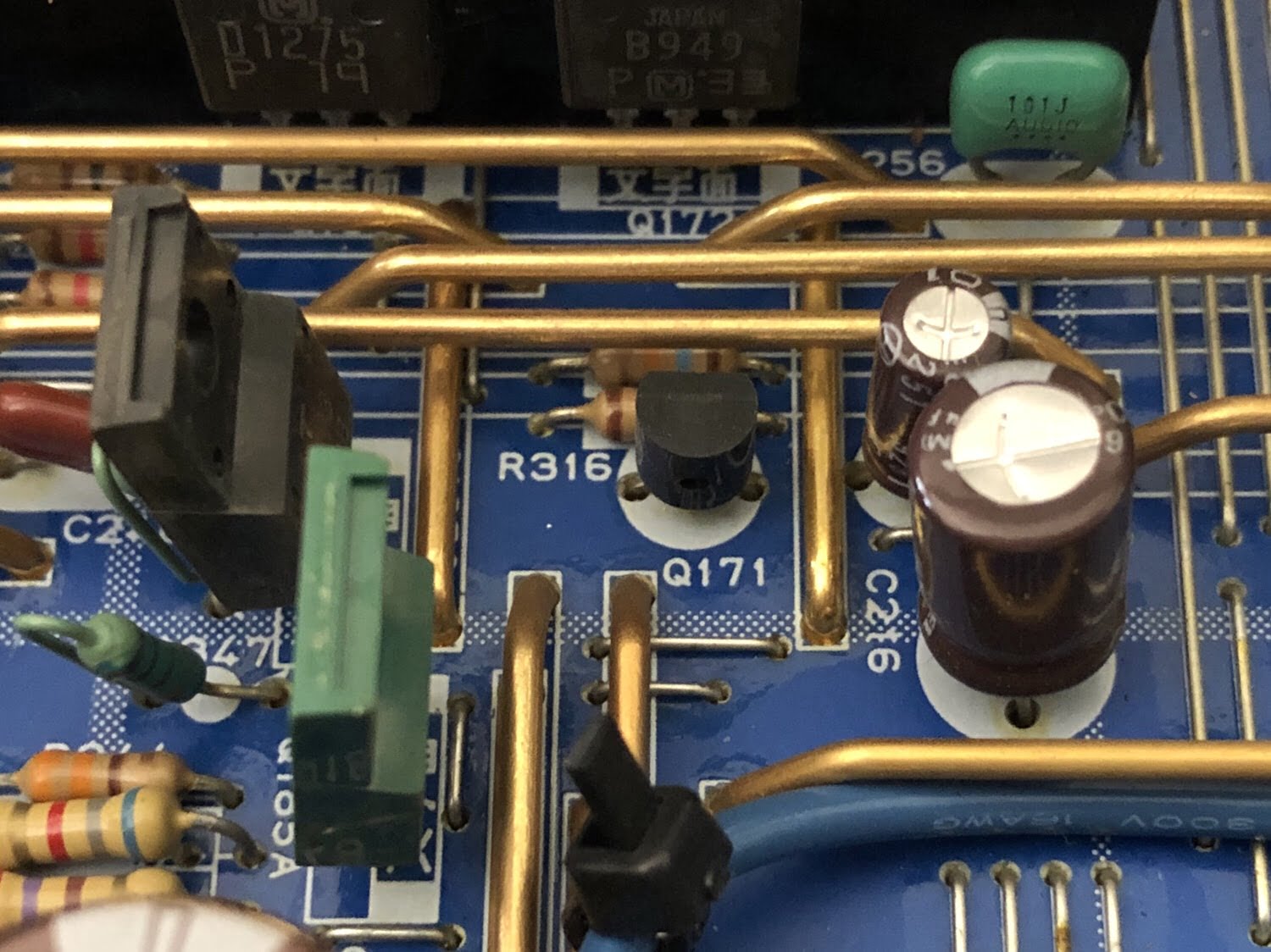
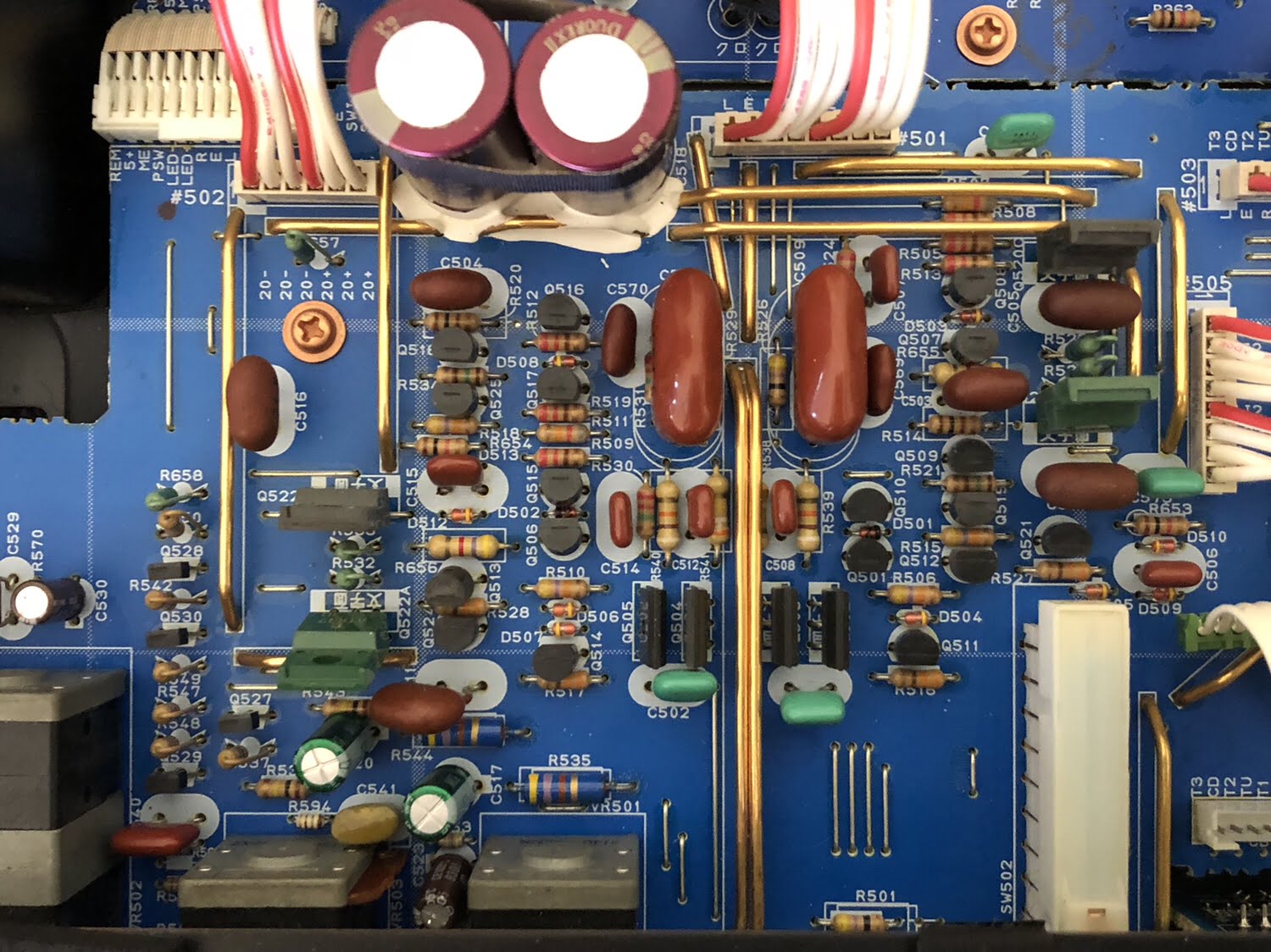
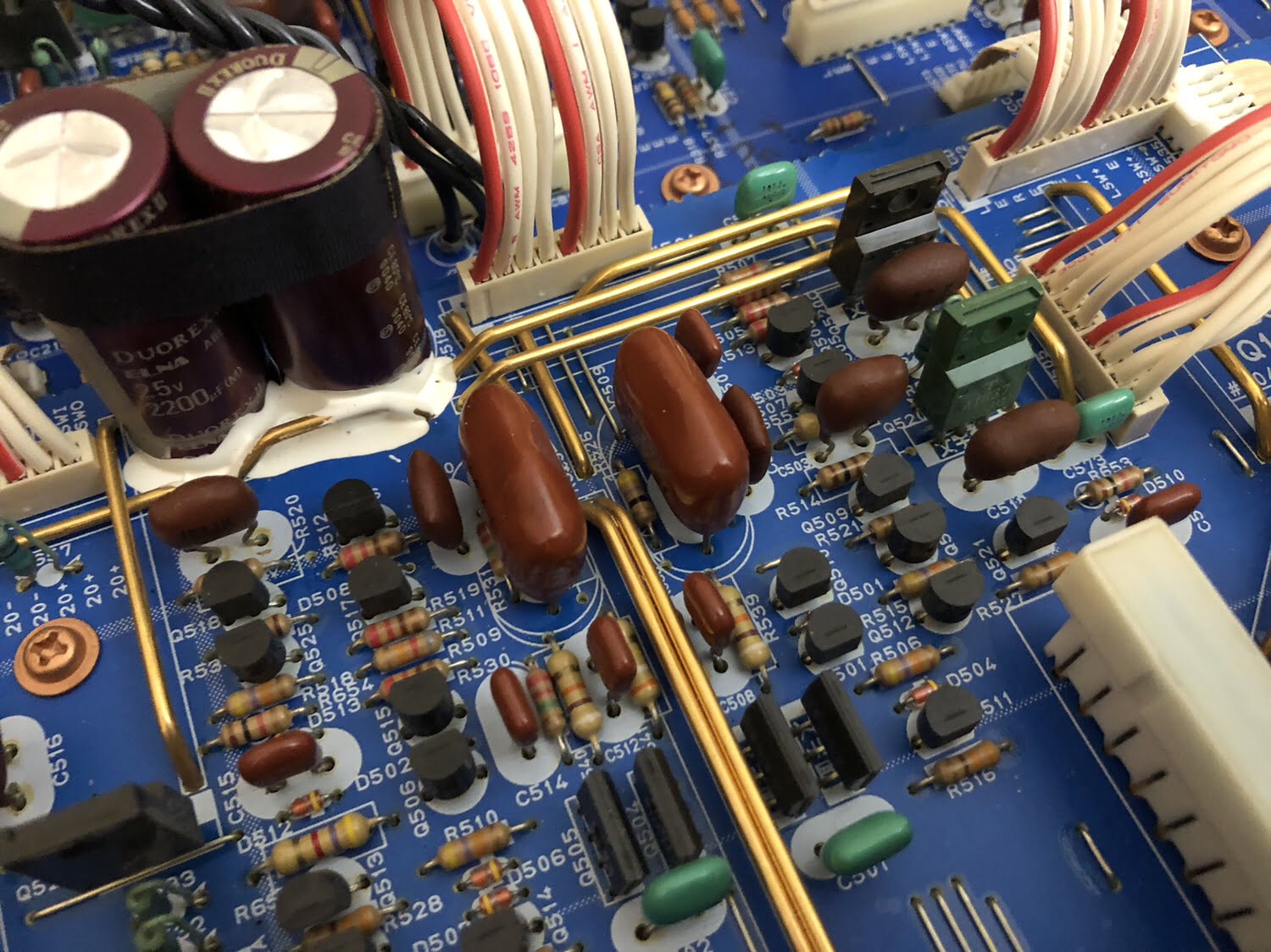
Service & Repair
This CX-1 came to me from a customer who now owns the stunning MX-1 power amp I repaired recently. Like the MX-1, the CX-1 wasn’t working properly and was suffering from years in a smoke-filled environment. The sub-controls under the aluminium flap were noisy and some weren’t working at all. I noticed that the unit had been to a TV repair place previously. That is not usually a good sign, I made mental note and got to work.
The first thing I always do is thoroughly inspect every accessible part of a unit like this. I strip and remove parts, panels, boards, controls etc. This is fiddly and time-consuming but helps to get equipment working properly.

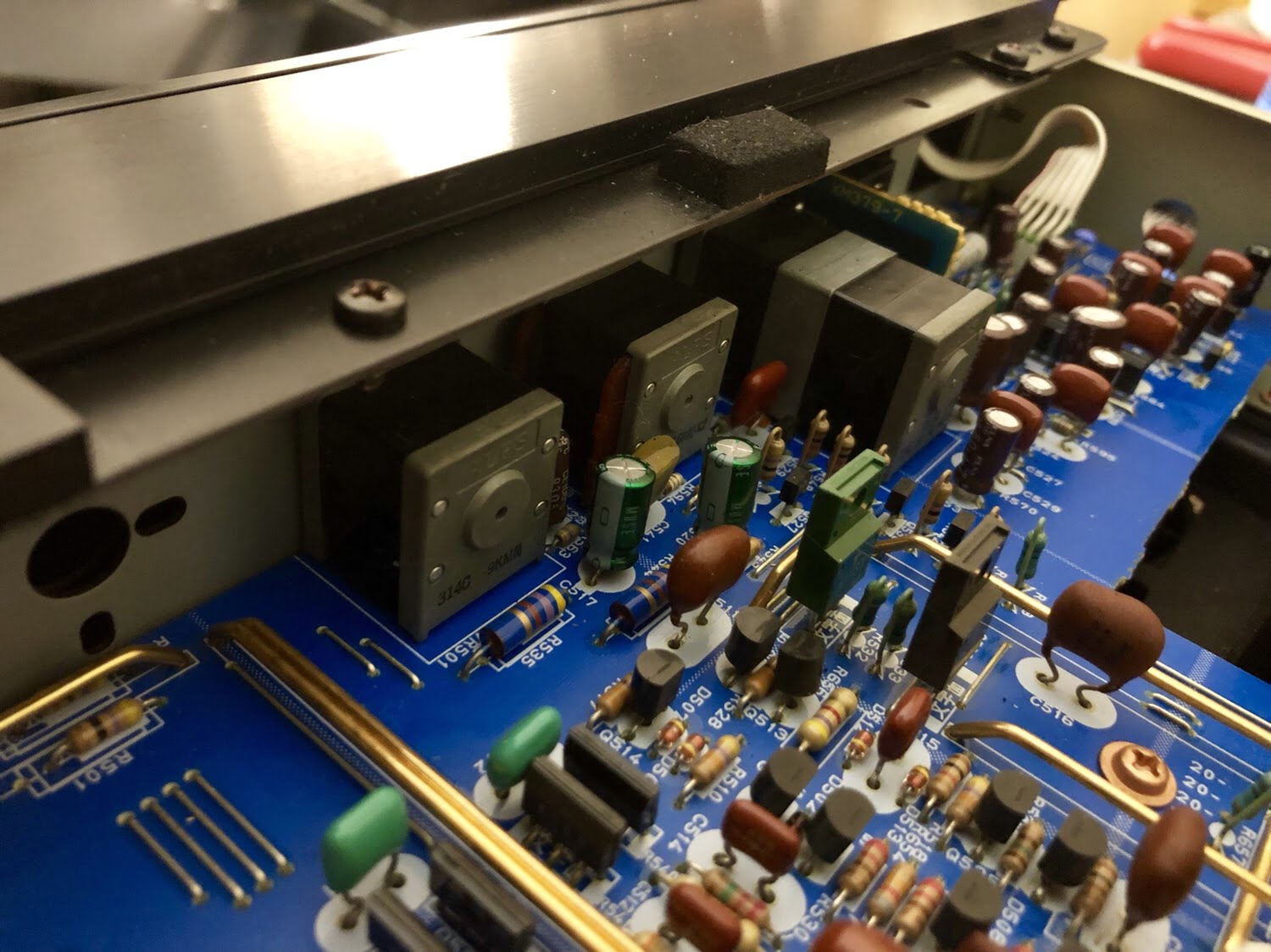

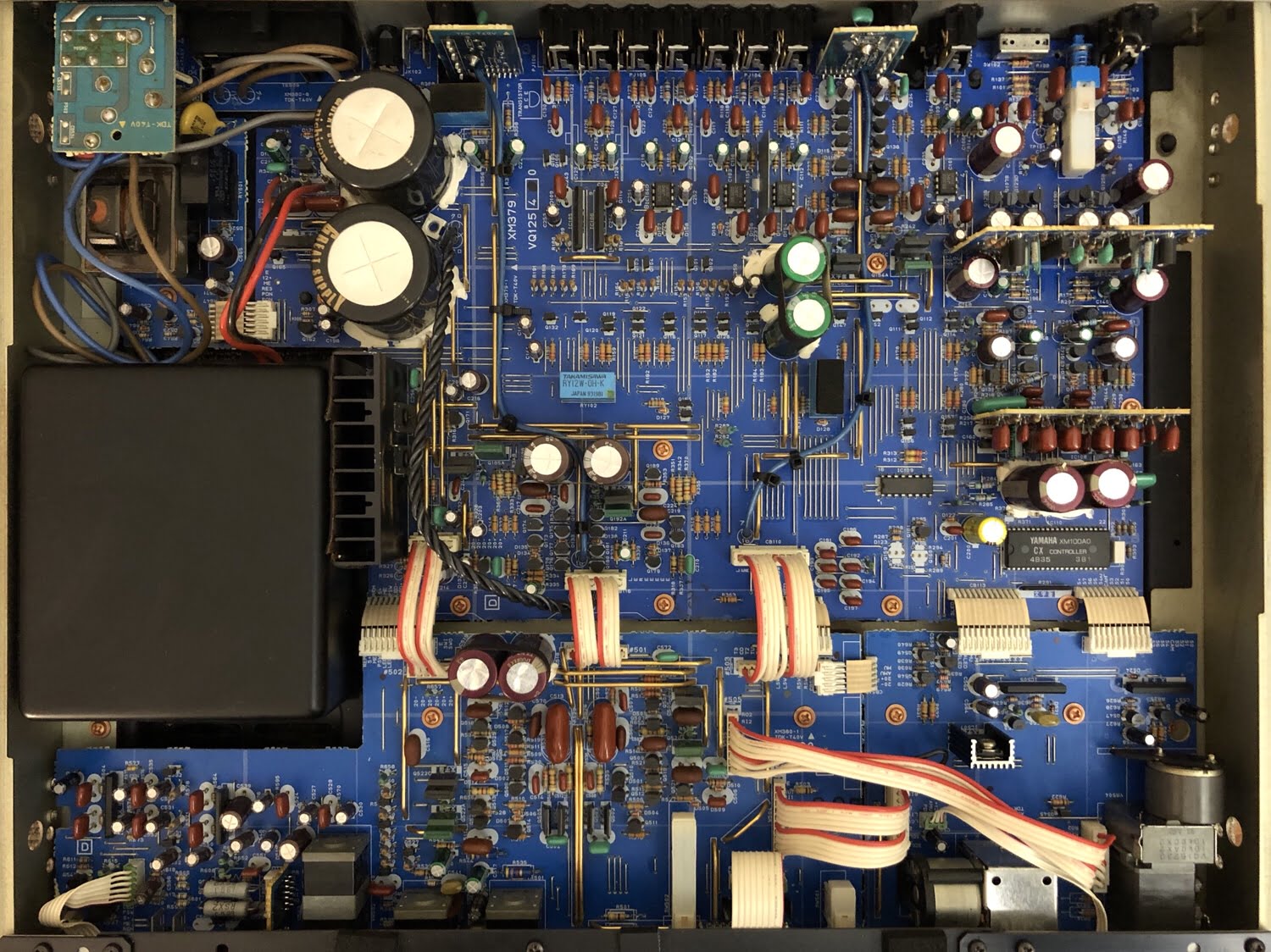

Cleaning
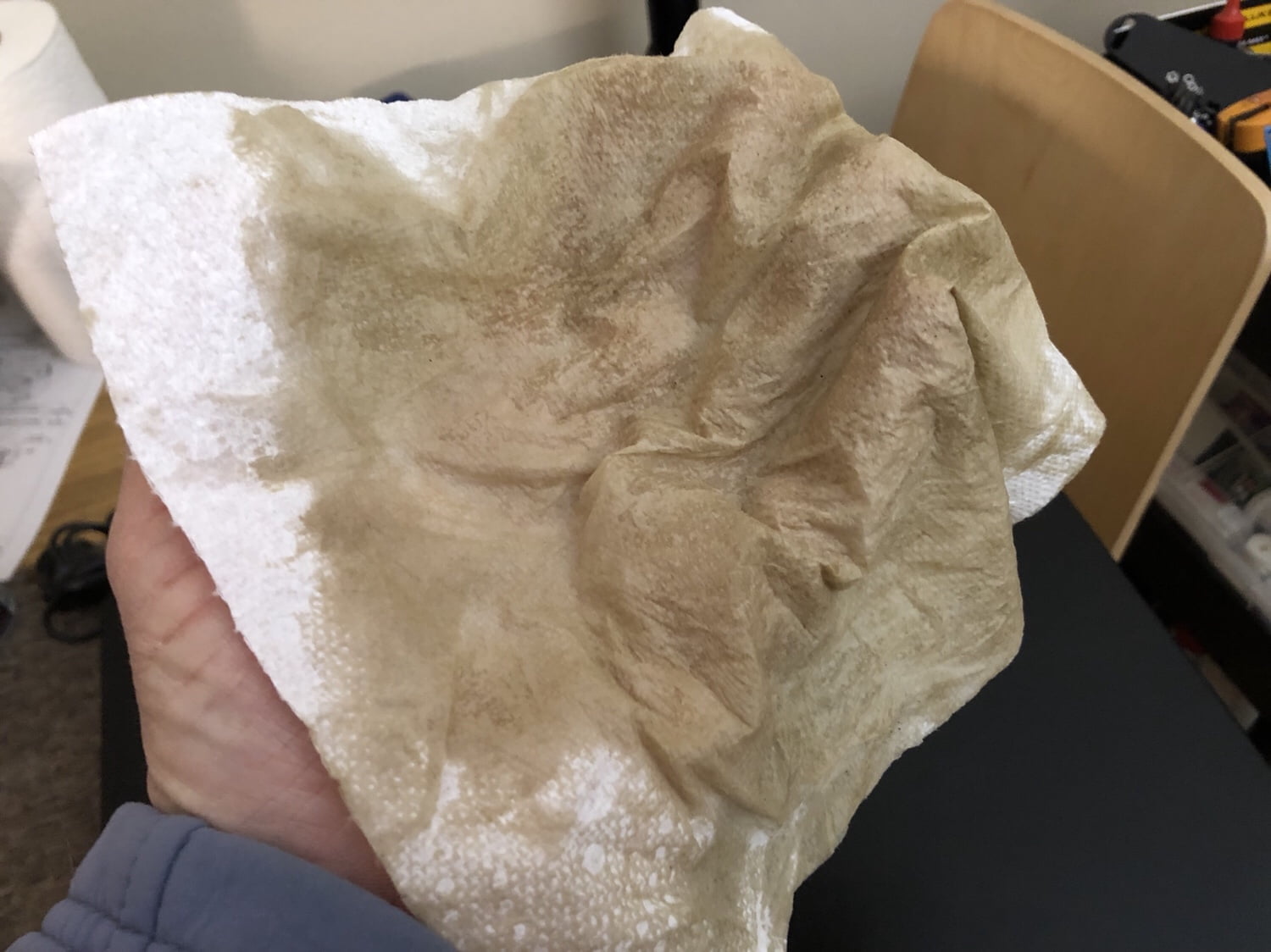
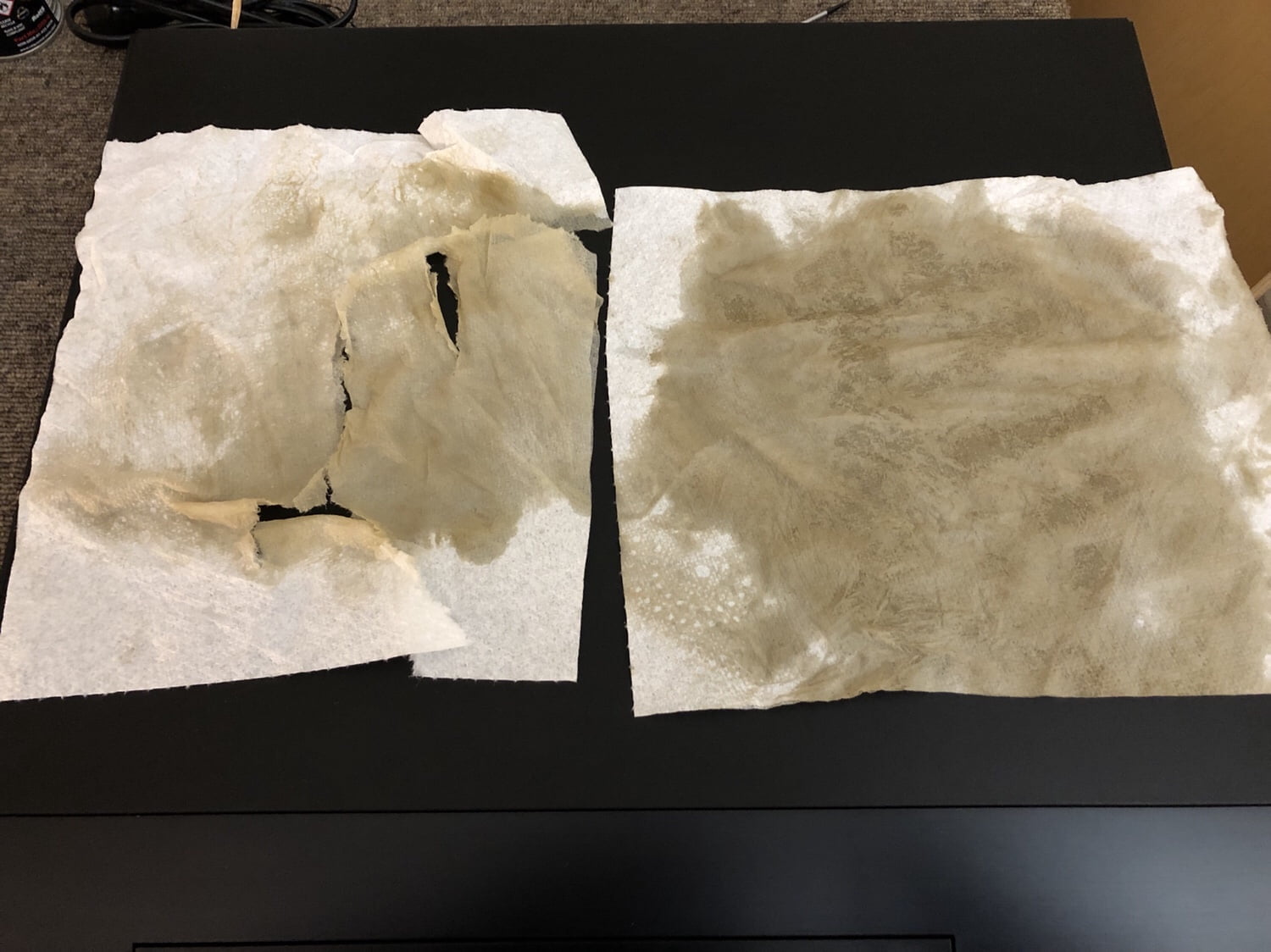
Results
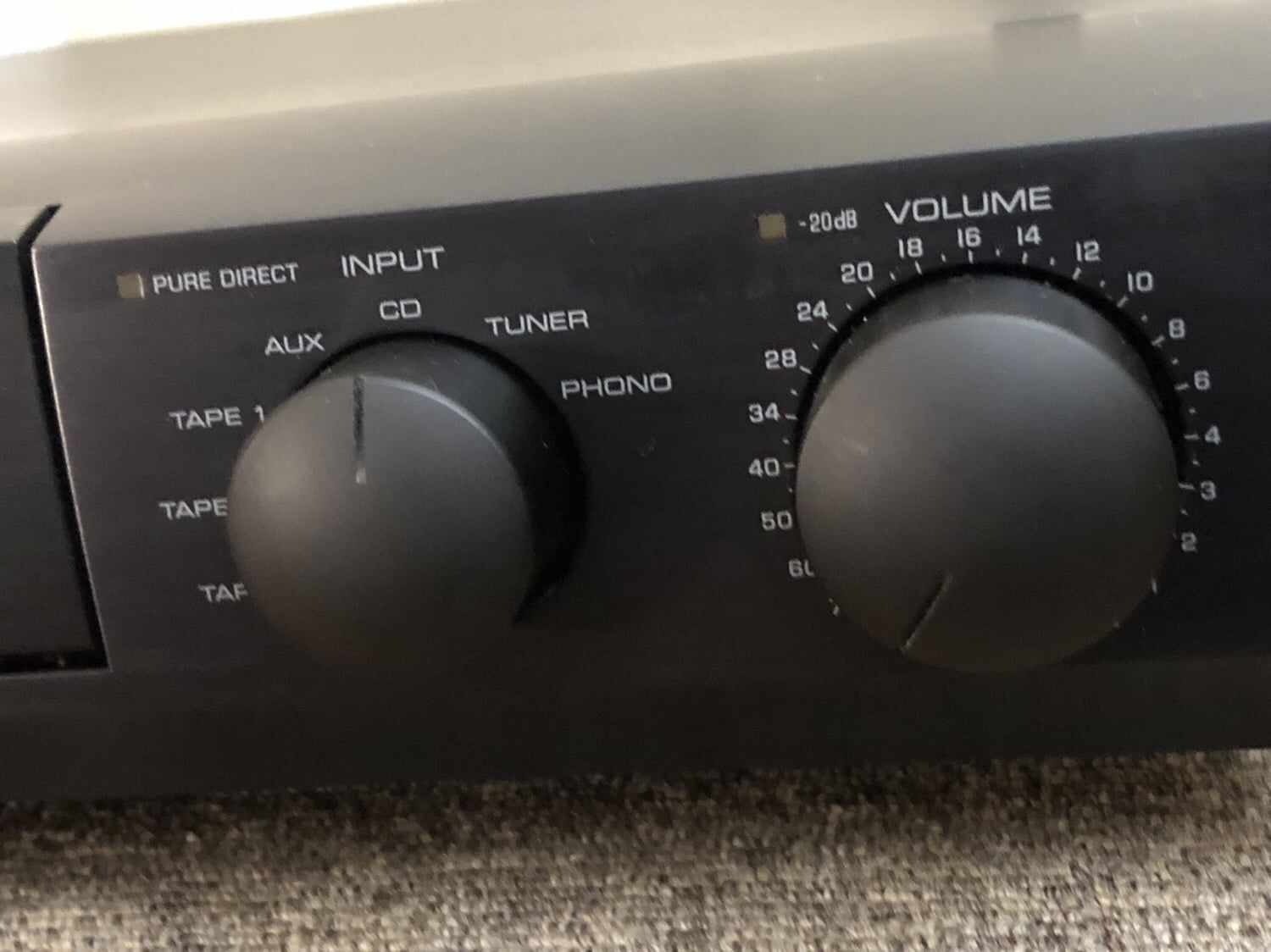
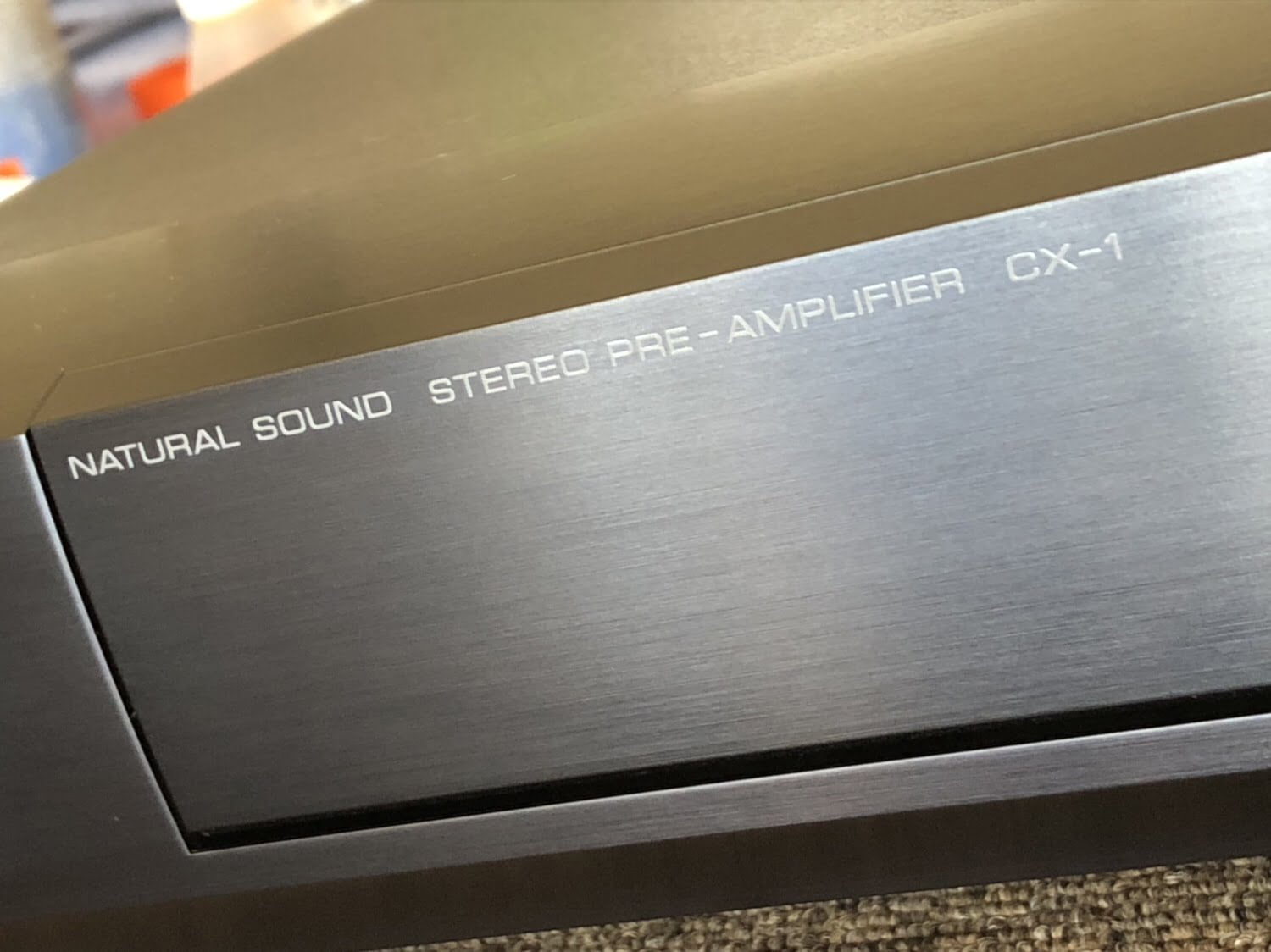
And that’s a wrap, I hope you’ve enjoyed this look inside the Yamaha CX-1 stereo preamp and the discussion about servicing and repairing it.
If you like me to look at any of your Yamaha equipment, don’t hesitate to get in touch.
Discover more from LiQUiD AUDiO
Subscribe to get the latest posts sent to your email.

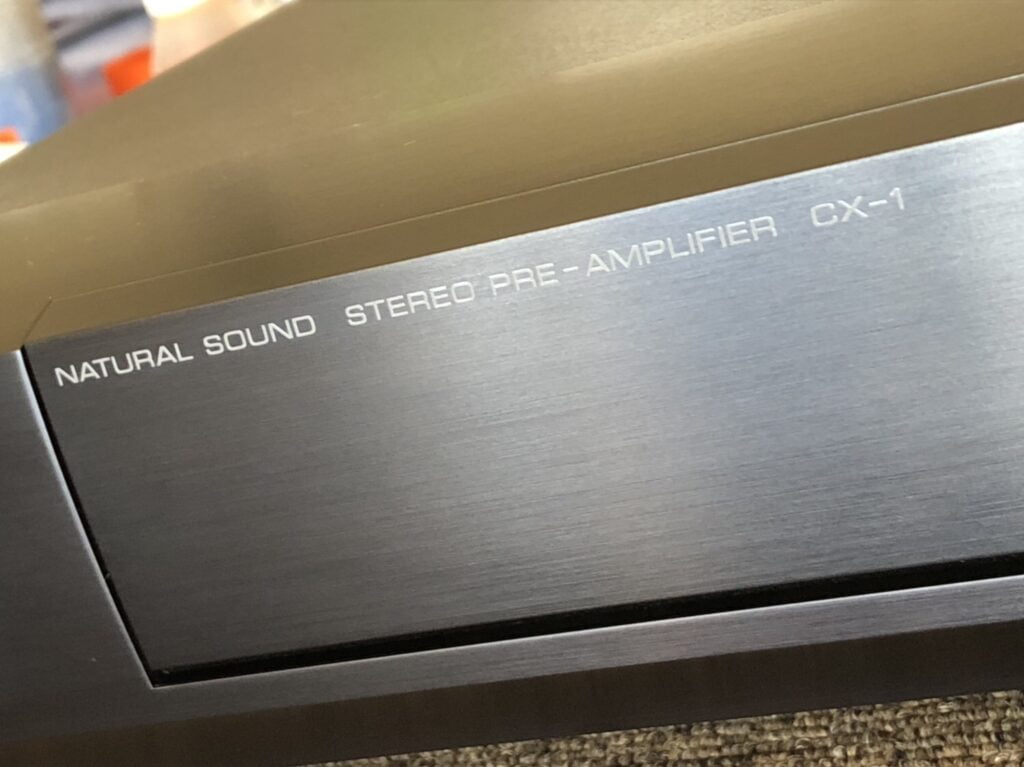
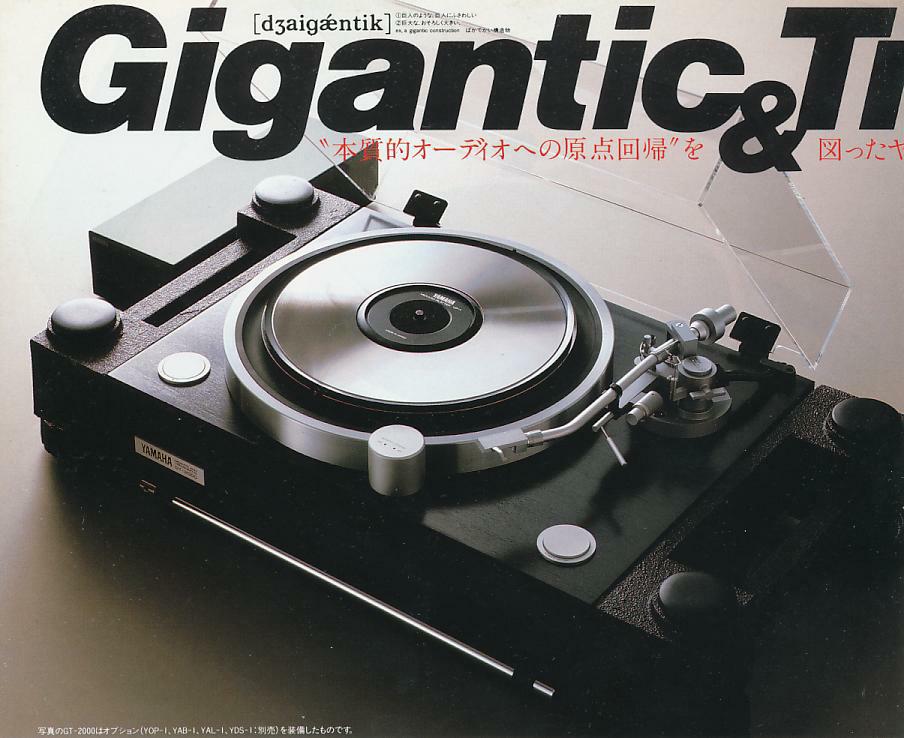
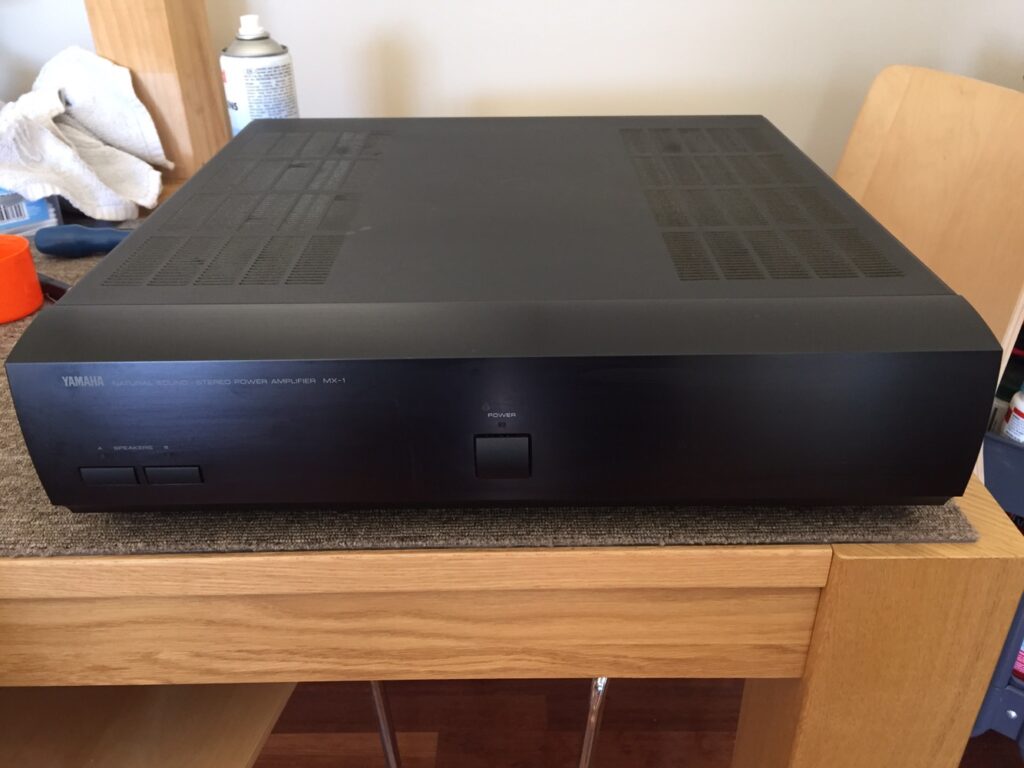
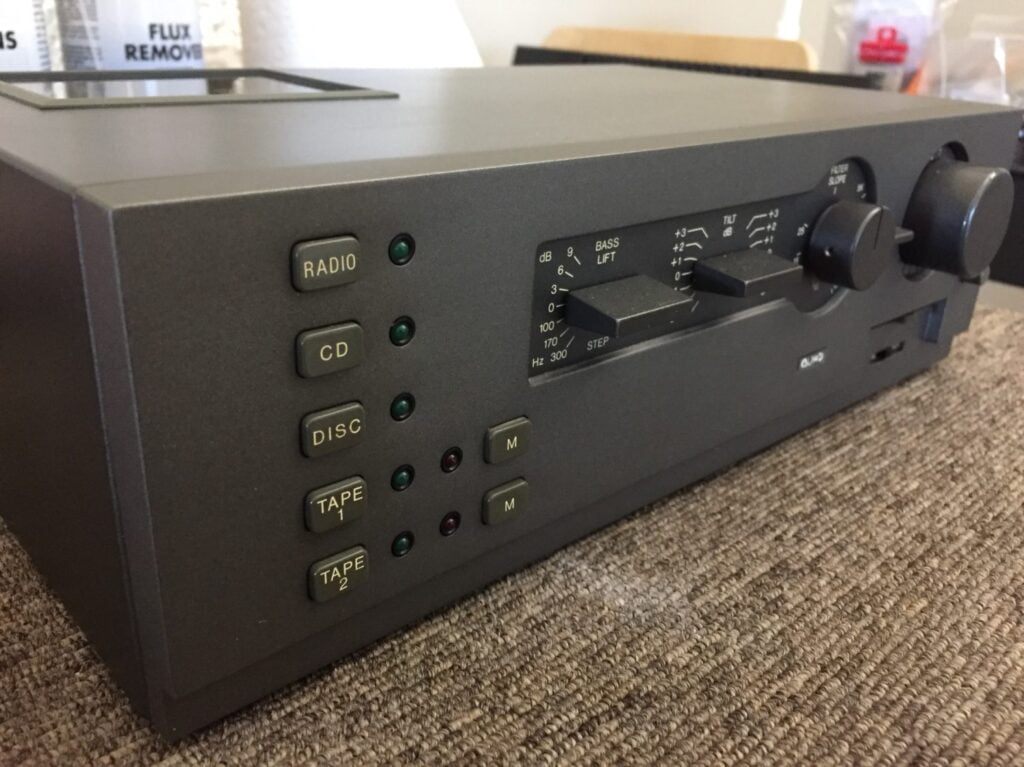
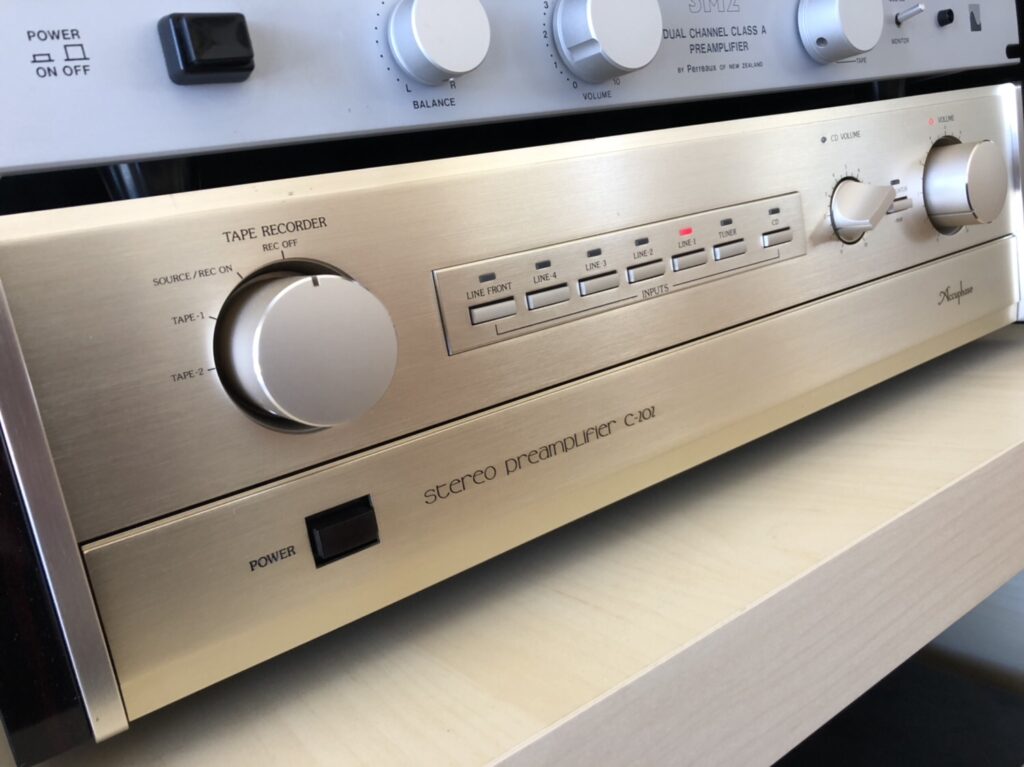
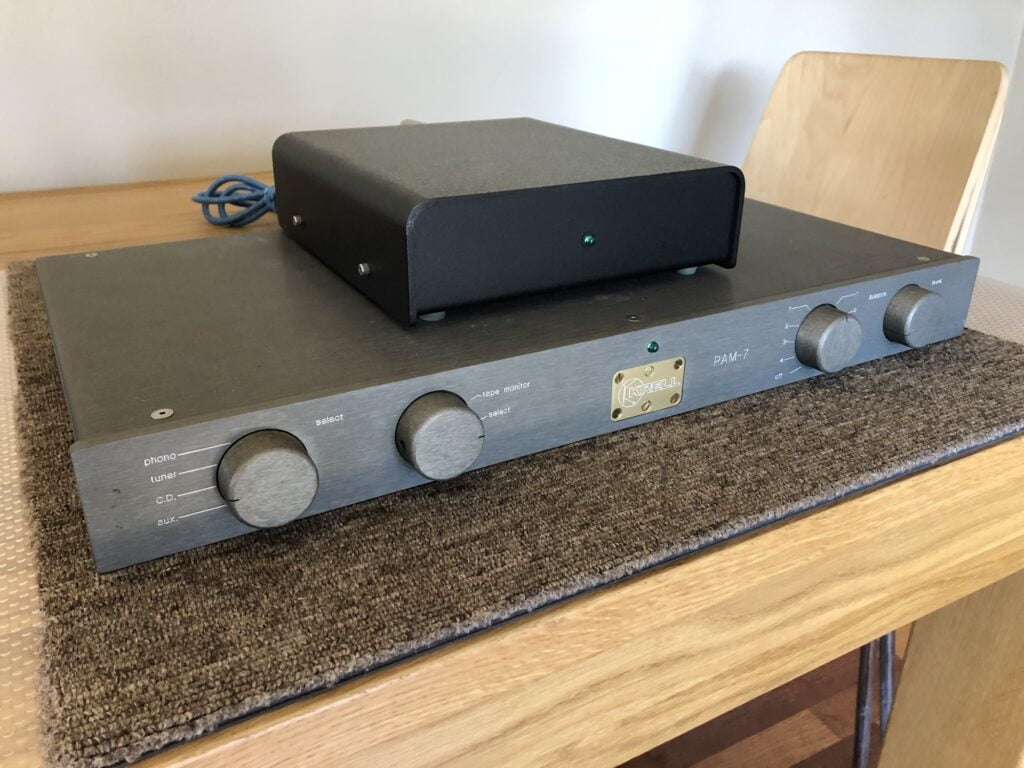
Awesome coverage, have you ever looked inside a cx-2? I can’t find many good cx-2’s or cx-1’s (especially) units. I have a NAD 1600 preamp and I’m very curious how it would compare with the Yamaha preamps because I have the matching Yamaha MX-1.
Hi Andrew, yes the CX-1 is a beast, lovely preamp indeed. I can’t recall if I have worked on a CX-2 before, it’s likely but I’d need to search my records. I think matching the MX-1 with the CX-1 is the way to go. Build quality on Yamaha gear is far better than NAD and my memory is that the NAD has a tuner in it as well, making it more of a compromise than a dedicated, serious Yamaha preamp. Try to track one down!
Thanks! I found a cheap repairable CX-2 on ebay but it had a dead phono stage and after reading your reply I agree, I should probably try to find a CX-1 to go with my MX-1. I really don’t need video and really don’t want a dead phono stage, haha. Not sure if it’s a cold solder issue but that’s all I’d want to tackle so I’ll try to hold out.
You’re right the NAD build quality does say “we spent time on the engineering, not the aesthetics” but it still has an overwhelming cheap feel next to the burly and beautiful MX-1. Plus I DON’T even like the color. 😉
I appreciate your reply!
No problem and yes the CX-1 would be a great match and is in a different universe to the NAD in terms of build quality, desirability and design.
I also just found a photo of the inside of a cx-2 and it doesn’t look as pretty or substantial as the cx-1. while I don’t know a lot about how looks translate to quality, the power supply wasn’t covered and it was more “busy”. Less refined for sure. Main caps smaller too. I suppose it makes sense given the space requirements changing with all the video circuitry.
I had a quick look and the CX-1 looks much better internally than the CX-2. I’m sure the 2 would still be a nice unit, but adding video circuitry and switching to audio gear was when things went down hill for the big manufacturers. The CX-1 is purely audio, definitely a better way to go.
Hi all
i’ve a MX-1/CX-1 since probably 2 decades, i repaired only one time , a component that split signal before 1st stair in amp. today CX-1 has a problem on input button; seems the 7 mechanical slots (from tape3 to phono) to do not match with the 7 electrical contacts (i must manually turn some degrees to have the signal contact)…. and using the remote control, we guess a kind of initialisation loop phase done by a controler, that fails the synchronization. i didn’t find any reboot procedure in the service manual. if any idea ?
otherwise, the system works perfectly on 4 bose accoustimass 5 =4x(2x200w)
rgds
Jean-Michel from France …
Hi Jean-Michel and thanks for your question. I’d need to see this for myself to be able to offer much advice but it sounds like it shouldn’t be difficult to resolve. ‘Reboot’ for this would occur at cold switch-on, so make sure you unplug from the wall and leave it off for a while to achieve that. Beyond that, I’d need to look at the schematic and I’m on holiday right now so that won’t be possible for a few weeks.